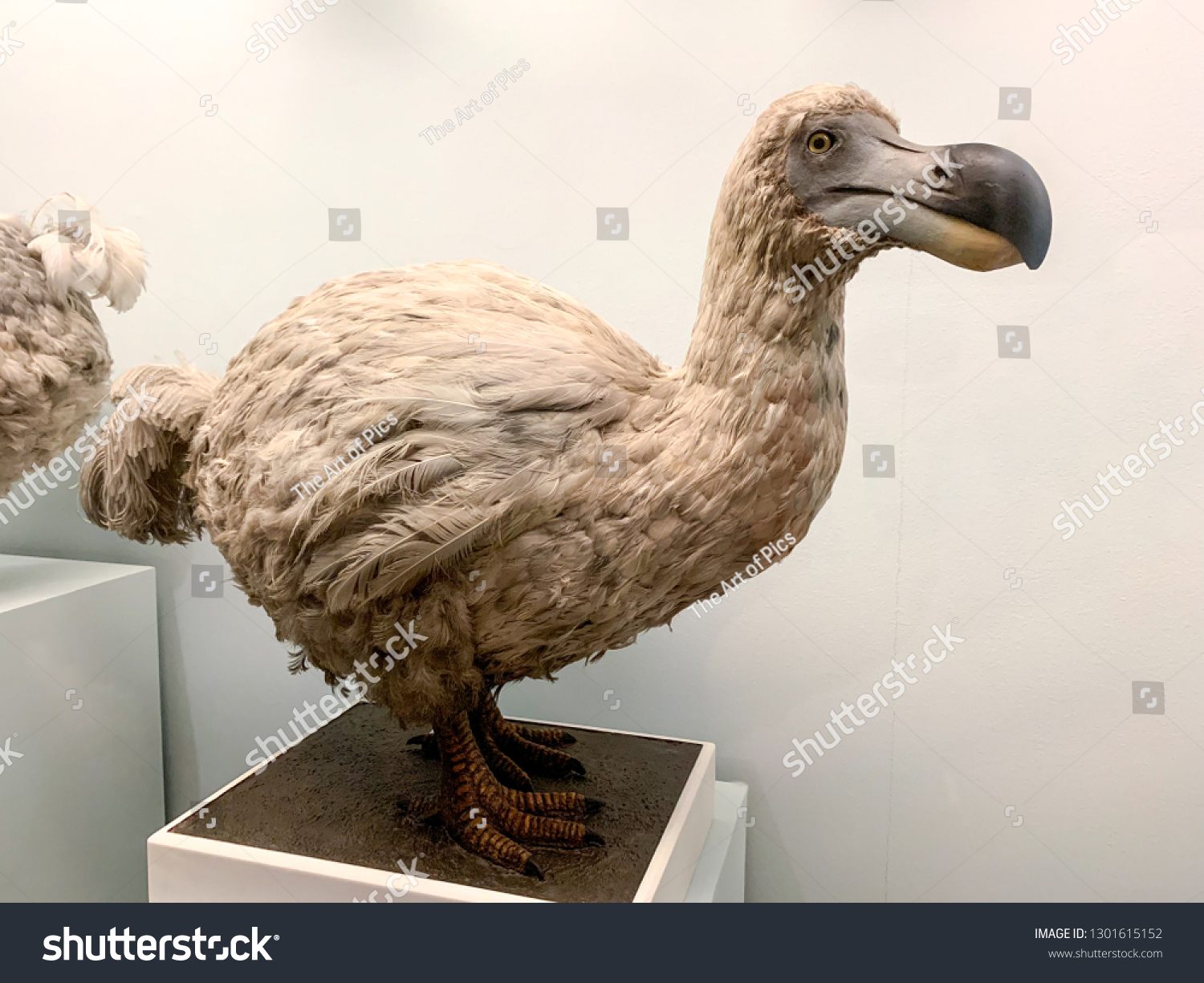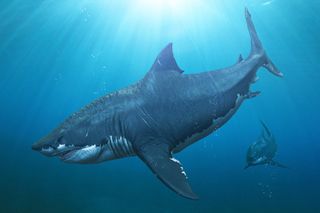- Caspian tigers
During their prime, Caspian tigers could be found in Turkey and through much of Central Asia, including Iran and Iraq, and in Northwestern China as well, but they went extinct in the 1960s. Some scientists want to bring them back by reintroducing the nearly-identical Siberian tiger to its old habitats, where they expect it to adapt. I have no idea why they would want to bring these tigers back because they were so big and dangeorus.

2. Aurochs
The aurochs is an ancestor of domestic cattle that lived throughout Europe, Asia, and North Africa. Scientists want to bring them back through selective breeding of cattle species that carry some aurochs DNA. To this end, European science teams have been selectively breeding cattle since 2009. I think this one would be ok because there not that dangeorus but they might be pretty scary looking with there big horns and the fact that they are 7 feet tall.

3. The Dodo bird
The dodo is perhaps the most famous extinct animal. It evolved without any natural predators, but the humans that arrived on their home island, Mauritius, took advantage of this and killed them all for food. In 2007, scientists found the best preserved dodo skeleton ever, which may hold valuable DNA samples. This one is ok to bring back because they are friendly, I also learnt that lots of people thought dodos were colourful and looked close to a parrot but they are acually a beige color.

4.Woolly Mamath
Woolly Mammoth carcasses have been frozen and preserved, which has allowed scientists to access well-preserved DNA. The last isolated population of woolly mammoths lived on Wrangel Island in the Arctic Ocean until 4,000 years ago, but scientists contest whether we were to blame for their extinction. I am not sure if i would want these ones to come back because im not sure if there dangeorus but they are big and scary looking.

5. Moa
The Moa were a giant flightless bird from New Zealand that reached 12 feet tall and weighed more than 500 pounds. They died out because of over hunting by the Maori by 1400, and their closest relatives have been found to be the flighted South American tinamous, which could hold some of their genes. Personally, i wouldnt want these to come back because there 12 feet tall and look scary and dangeorus.

6. Pyrenean Ibex
7. The megladon
I have nothing to say about this one. I think they definitally SHOULD NOT bring the megladon back or i will never set foot in any kind of water and i think thats the same for pretty much everyone else too. So in the end, the megladon is a big whoping NO from me.

here is a link to another good website on more animals they want to bring back!
https://www.grunge.com/37917/animals-science-attempting-bring-back-extinction/
-kaelynn

Hi Kaelynn, these animals are fascinating! I think it would be cool to bring wooly mammoths back because I used to have a sort of obsession with them, but I definitely agree about the megalodon! I think it is fascinating all of the work scientists are putting into recreating extinct animals!